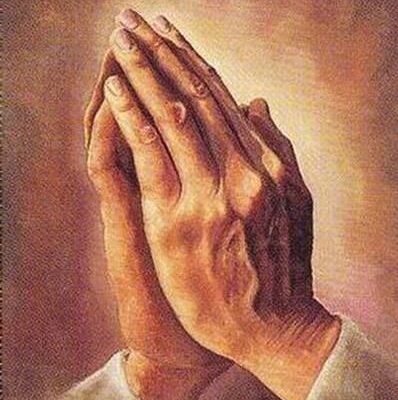Matthew 16 recounts the foundation of the papacy, when Simon Peter professes Jesus to be the Christ, and Jesus bestows upon him the name Peter, revealing that upon him, the rock, He would build the Church, and that gates of Hell would not prevail against it. Since that apostolic foundation, there have been 266 popes in our Catholic history. The earliest of them are mentioned in the Roman Canon, used sometimes at Mass, “Linus, Cletus, Clement, Sixtus, Cornelius, etc.”
You and I can recall some of the more recent popes, like John Paul II, Benedict XVI, and our current pontiff, Pope Francis. I have an appreciation for the Marian writings of Pope Paul VI. Pope Pius XII defined Mary’s Assumption into Heaven. Pope Pius X lowered the first Communion age. Pope Leo XIII wrote extensively about the rosary. There are so many popes whose writings I’ve read that I appreciate.
Throughout the history of the Church, there have been holy and saintly popes as well as popes who did not live up to the dignity of the office. There have been schisms and antipopes. Through it all, the gates of Hell have not prevailed against the Church. The Church has weathered many storms.
The pope is the visible head of the Church, successor to St. Peter, the servant of the servants of God. The pope has a special teaching authority. He writes different papal documents (e.g. encyclicals, apostolic exhortations, etc.), gives addresses, and preaches homilies. A term associated with the teaching authority of the pope is papal infallibility, meaning that the pope cannot err in what he teaches.
The teaching primacy of the pope has been longstanding in the Church, dating to the 800s at the Council of Constantinople, in the 1200s with the Council of Lyons, and in the 1400s with the Council of Florence. Papal infallibility was defined by the First Vatican Council in the Dogmatic Constitution Pastor Aeternus (Eternal Pastor) in 1870.
The infallibility of the pope only occurs when he is speaking ex cathedra as the shepherd and teacher of all Christians and “defines, by virtue of his supreme apostolic authority, a doctrine concerning faith or morals to be held by the universal Church.”
There are some who have a mistaken belief that the pope is always infallible and is always speaking ex cathedra. This is not the case. Since the First Vatican Council defined papal infallibility, it has only been invoked once, and that was to declare the fourth Marian dogma of Mary’s Assumption into heaven. In paragraph 44 of MD, Pius XII dogmatically defines the teaching:
[B]y the authority of our Lord Jesus Christ, of the Blessed Apostles Peter and Paul, and by our own authority, we pronounce, declare, and define it to be a divinely revealed dogma: that the Immaculate Mother of God, the ever Virgin Mary, having completed the course of her earthly life, was assumed body and soul into heavenly glory.
Some have questioned whether or not Pope John Paul II made an ex cathedra statement pertaining to women’s ordination when he wrote in Ordinatio Sacerdotalis:
Wherefore, in order that all doubt may be removed regarding a matter of great importance, a matter which pertains to the Church’s divine constitution itself, in virtue of my ministry of confirming the brethren (cf. Lk 22:32) I declare that the Church has no authority whatsoever to confer priestly ordination on women and that this judgment is to be definitively held by all the Church’s faithful.
Ecclesiologists continue to cite that the only instance of papal infallibility pertained to the Assumption and that this latter statement was not an infallible, ex cathedra statement, but a re-iteration of Church teaching pertaining to the male-only priesthood.
There are a few more clarifications to be made regarding papal infallibility.
First, we have been blessed with popes who are amazing theologians. St. John Paul II and Pope Benedict XVI are fine examples. When exercising papal infallibility, they must do so as the supreme shepherd of the Church, and not as a private theologian.
Second, the teaching office of the Holy Father is a working of the Holy Spirit, who is a guarantor against error.
Third, when demonstrating a revealed truth to be infallibly defined, there must be proof from the scriptures and the longstanding tradition of the Church. If you read Pius XII’s apostolic constitution on the Assumption, he demonstrates how this has been a long-held belief for centuries upon centuries.
As Catholics today, we must remind ourselves what papal infallibility actually is and not confuse it with what it is not. Knowing that it has been only used once since 1870 helps us situate different statements and teachings of the pontiffs since then. As members of Christ’s Church, we hold fast to the promise of Jesus that the gates of Hell will not prevail against us. As believers, we unite in prayer for and around our Holy Father, as the supreme teacher of our faith.
Photo by Kai Pilger on Unsplash
